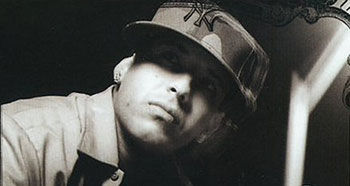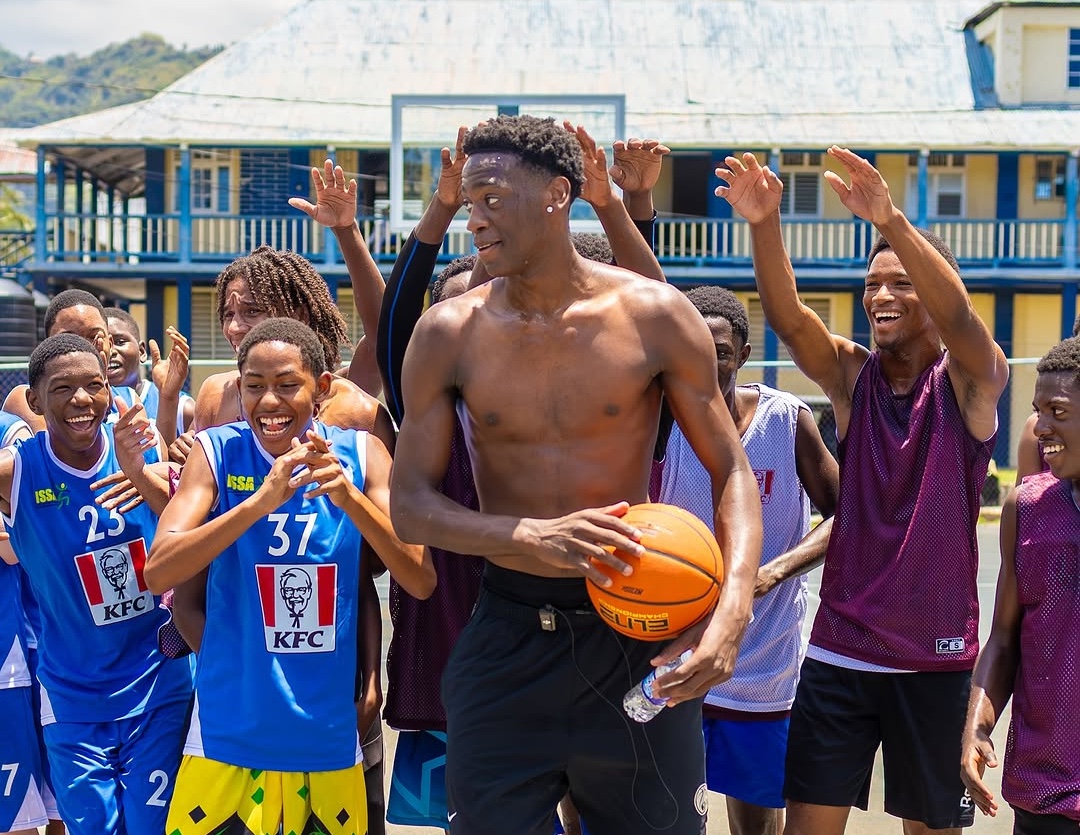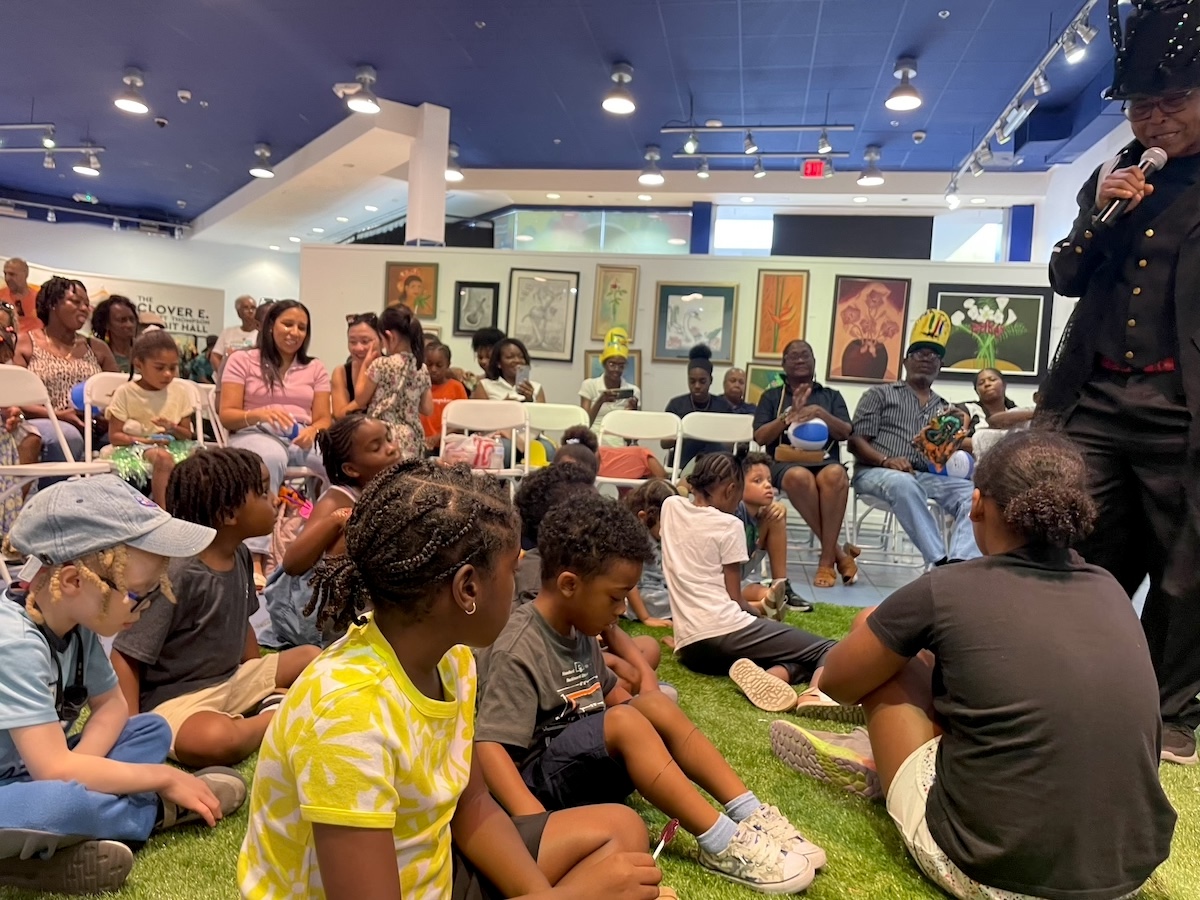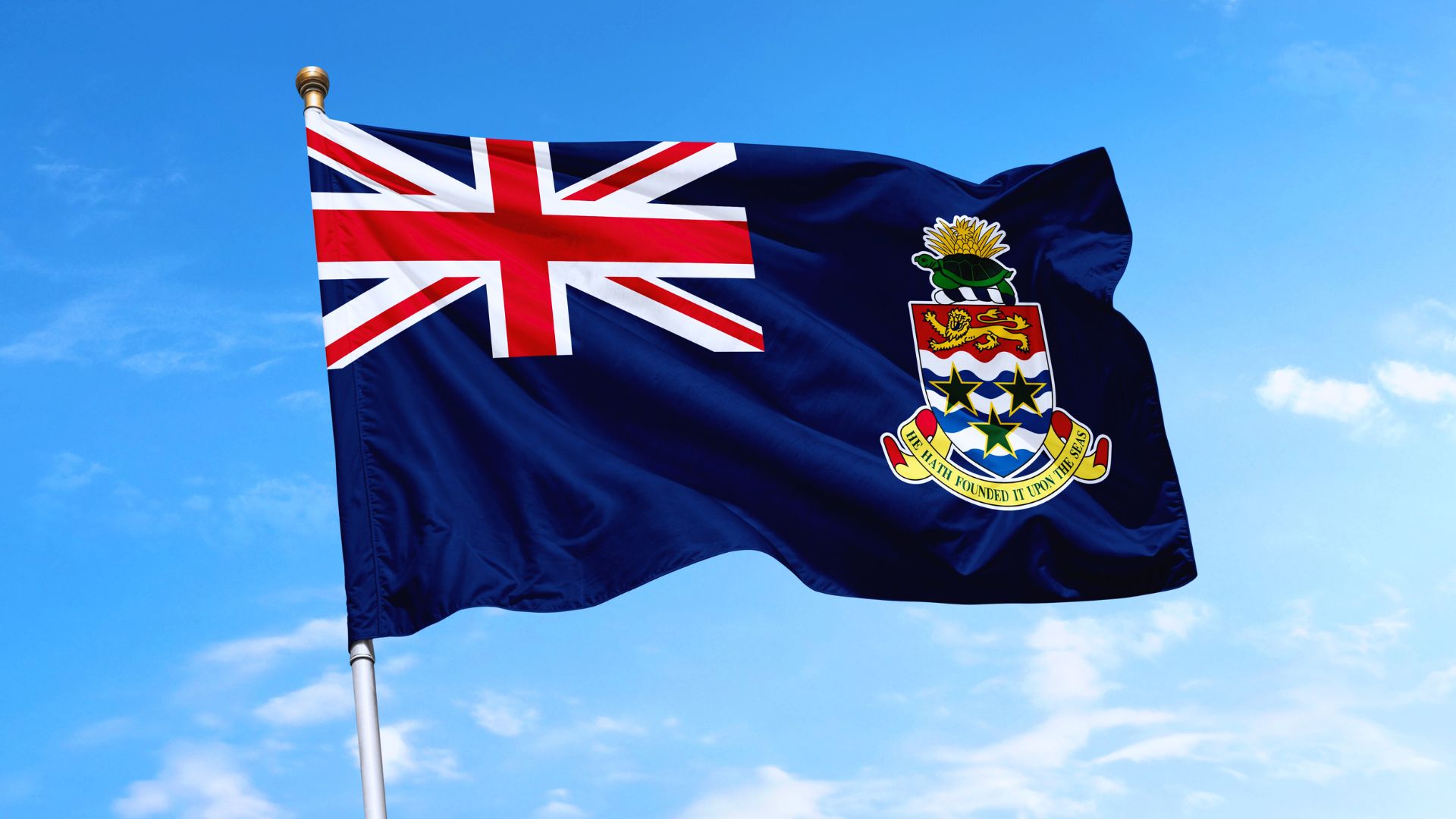In June, MTV Networks announced the October 2005 launch of Tempo, a new cable television network dedicated to Caribbean music and culture.
The successful promotion of reggae, dancehall, soca, calypso, and merengue music to the world is something Caribbean people are all too proud of. The MIDEM Latin America & Caribbean Music Market has described the Caribbean music segment as one of the most successful over the past decade. Yet, it is the growing influence of Latin American and Caribbean music which gave rise in 1995 to the debut of a new music genre called ‘reggaeton’.
A decade later, Latino musicologists speculate that the genre will soon eclipse salsa, merengue and other pop music among Puerto Rican and Hispanic youths. Reggaeton started coming into its own a decade ago, powered by a generation of high powered rappers including the Panamanian pioneer, El General. Some of the more popular reggaeton acts include Tego Calderón, Queen Ivy, Don Chezina and Daddy Yankee. Calderón, whose album “El Abayarde” (White Lion Records) has sold more than 150,000 copies, is poised to become Puerto Rico’s biggest star since Ricky Martin.
Reggaeton poised to becoming the fastest growing music from the Caribbean.
The word “reggaeton” entered mainstream consciousness only last year. This when a few Puerto Rican acts began popping up on the Billboard Top Latin Albums chart. The breakthrough releases received zero airplay and no media attention but climbed the charts nonetheless, based on club play and the buzz from live shows, especially in Puerto Rico.

Similar to dancehall reggae and hip-hop music in the United States, reggaeton appeals primarily to youths. In Puerto Rico, youths are inspired daily to produce, repackage and market reggae as reggaeton music. Its flavour is closely associated with the “underground” movement of urban youth and is sometimes also referred to in Spanish as “perreo”, meaning “doggie”, a term describing a popular reggaeton dance move.
With a large immigrant population of Puerto Ricans or other Hispanics, such as in New York and Miami, Reggaeton now represents the fastest growing music segment from the Caribbean. The birth to the United States has been anchored in the urban centers. Just a few years ago, reggaeton was widely viewed as crappy club music, virtually ignored even by the Latin Grammy Awards. Reggaeton’s boom, especially in Miami, Los Angeles and New York has been sending off alarms across the music market. It’s no secret its biggest stars easily sold out Madison Square Garden for last October’s Megaton concert.
The genre is also becoming popular in other Caribbean islands and neighboring nations, including the Dominican Republic, Perú, Venezuela, Colombia, Mexico, Panama and Nicaragua.
Reggaeton’s rise in the US is set to continue, on May 27, WCAA (105.9 FM), updated its playlists. The New York based station, owned by Latin media giant Univision, had played what it called Latino Mix, drawing from a variety of Latino genres. Just in time for Memorial Day, the station was reborn as La Kalle (“the Street”), giving New York its first radio station totally devoted to the Latino hip-hop offshoot known as reggaeton. And that was just the start for just last week, Univision has converted three more stations to reggaeton. Univision’s three new reggaeton stations serve Fresno, California, Dallas and the San Francisco-San Jose area.
“This will give even more relevance to an already booming genre,” says Silvestro Perrino, Univision Music Group VP of East Coast and Puerto Rico promotion.






